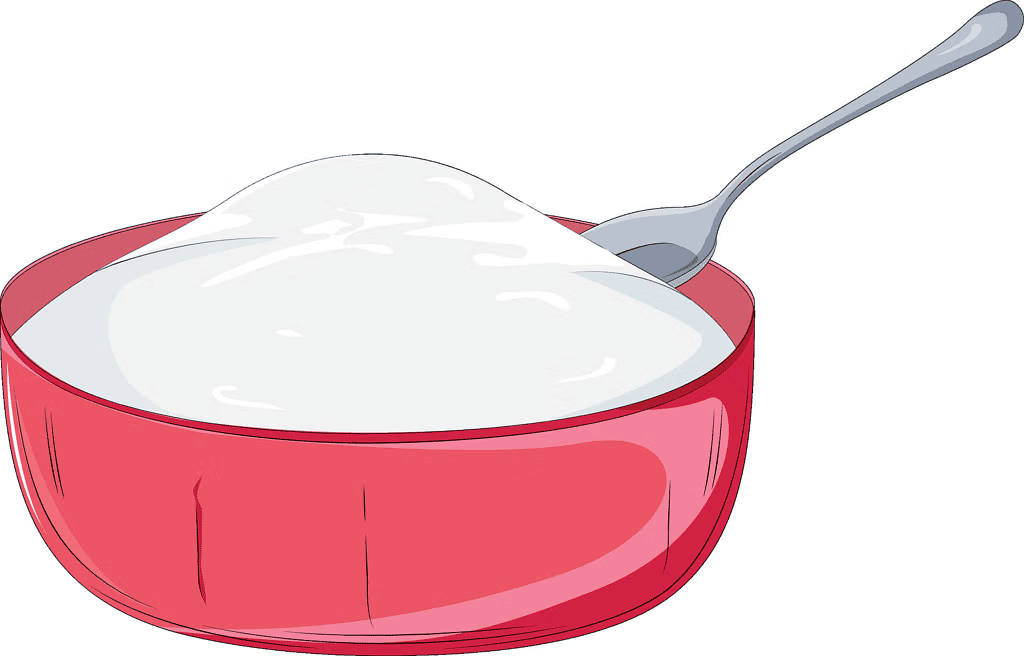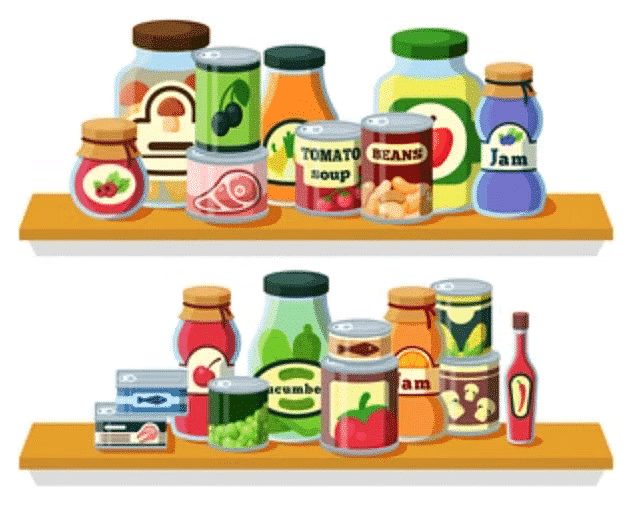Worksheet Solutions-2: The Invisible Living World: Beyond Our Naked Eye | Science Curiosity Class 8 - New NCERT PDF Download
| Table of contents |

|
| Multiple Choice Questions (MCQs) |

|
| Fill in the Blanks |

|
| True/False Questions |

|
| Very Short Answer Questions |

|
Multiple Choice Questions (MCQs)
Q1: Which of the following is not a use of microorganisms?
(a) Making antibiotics
(b) Fixing nitrogen in the soil
(c) Increasing the spoilage of food
(d) Producing alcohol
Ans: (c) Increasing the spoilage of food
Q2: Which microorganism is used to make curd from milk?
(a) Yeast
(b) Lactobacillus
(c) Penicillium
(d) Rhizobium
Ans: (b) Lactobacillus

Q3: What is the role of microorganisms in the nitrogen cycle?
(a) Release nitrogen gas
(b) Fix atmospheric nitrogen
(c) Add nitrogen to air
(d) Use soil nitrogen
Ans: (b) Fix atmospheric nitrogen
Q4: How do friendly microorganisms benefit humans?
(a) They cause diseases.
(b) They help in digestion and nutrient absorption.
(c) They spoil food.
(d) They reduce soil fertility.
Ans: (b) They help in digestion and nutrient absorption.
Fill in the Blanks
Q1: Microorganisms that are beneficial to humans and aid in digestion are called _________________ microorganisms.
Ans: Friendly
Q2: The process by which yeast helps to make bread is called _________________.
Ans: Fermentation.
Q3: The foldable, low-cost paper microscope developed to study microorganisms is known as a ____________.
Ans: Foldscope
Q4: Rhizobium bacteria are known for fixing nitrogen in the soil, which helps _________________ plants.
Ans: Leguminous
True/False Questions
Q1: Microorganisms can only be harmful and have no beneficial uses.
Ans: False
Q2: All bacteria are harmful to humans and other living organisms.
Ans: False
Q3: Preservation by sugar involves reducing the moisture content which inhibits bacterial growth.
Ans: True

Very Short Answer Questions
Q1: What are preservatives?
Ans: Chemicals (Salts, edible oils etc.) used to check the growths of microorganisms are called preservatives.
Q2: Name the microorganisms which can fix atmospheric nitrogen in the soil.
Ans: Certain bacteria and blue green algae present in the soil fix nitrogen from the atmosphere and convert into compounds of nitrogen.
Q3: Give two examples of algae.
Ans: Chlamydomonas and Spirogyra
Q4: What are the harmful effects of microorganisms on plants?
Ans: Several microorganisms cause diseases in plants like wheat, rice, potato, sugarcane, orange, apple and others. The diseases reduce the yield of crops.
Q5: How are jams and squashes preserved?
Ans: Sodium benzoate and sodium meta bisulphite are used in jams and squashes to check their spoilage.
Q6: How can food be preserved by adding oil and vinegar?
Ans: Use of oil and vinegar prevents spoilage of food because bacteria cannot live in such an environment. Vegetables, fruits, fish and meat are often preserved by this method.
|
59 videos|236 docs|13 tests
|
FAQs on Worksheet Solutions-2: The Invisible Living World: Beyond Our Naked Eye - Science Curiosity Class 8 - New NCERT
| 1. What are microorganisms and why are they important in our daily lives? |  |
| 2. How do microorganisms contribute to the environment? |  |
| 3. Can microorganisms be harmful? If so, how? |  |
| 4. What are some common uses of microorganisms in industry? |  |
| 5. How do scientists study microorganisms? |  |















